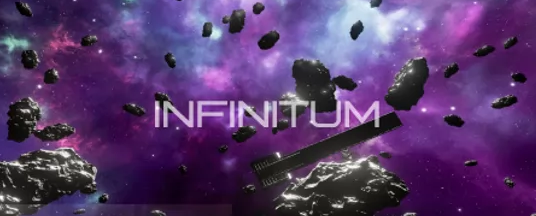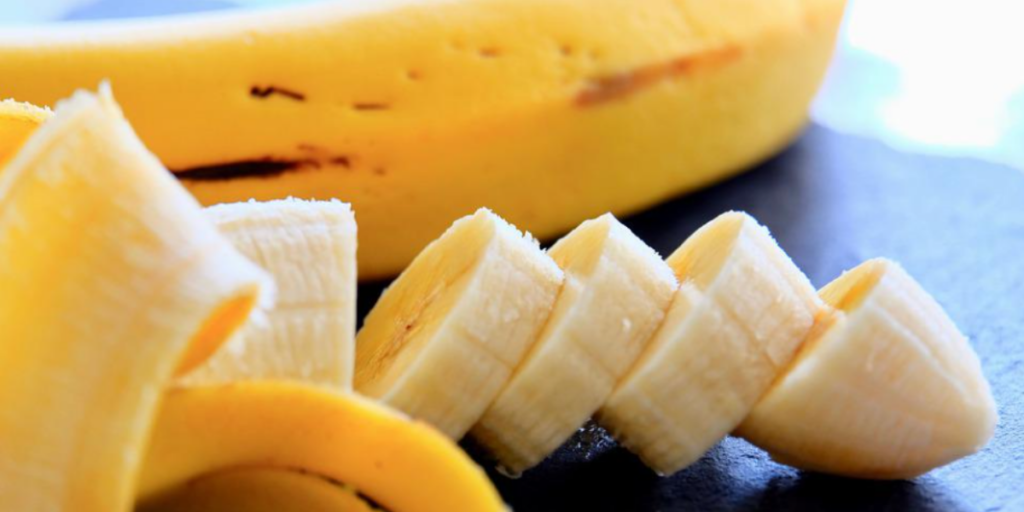

So if matter and antimatter annihilate, and we and everything else are made of matter, why do we still exist? This mystery arises because we find ourselves living in a Universe made exclusively of matter. The scenario should have been the same during the birth of the Universe, when equal amounts of matter and antimatter would have been produced in the Big Bang. But no one has ever produced antimatter without also obtaining the corresponding matter particles. Then in 1932 the evidence was found to prove these ideas correct, when the positron was discovered occurring naturally in cosmic rays.įor the past 50 years and more, laboratories like CERN have routinely produced antiparticles, and in 1995 CERN became the first laboratory to create anti-atoms artificially. The basic equation he derived turned out to have two solutions, one for the electron and one that seemed to describe something with positive charge (in fact, it was the positron). He developed a theory that combined quantum mechanics and Einstein’s special relativity to provide a more complete description of electron interactions. The ‘case file’ of antimatter was opened in 1928 by physicist Paul Dirac. When a particle and its antiparticle come together, they both disappear, quite literally in a flash, as the annihilation process transforms their mass into energy. The negatively charged electron, for example, has a positively charged antiparticle called the positron.

For each basic particle of matter, there exists an antiparticle with the same mass, but the opposite electric charge. Potassium plays a necessary role in our biology, so yes, even you produce positrons every once in a while.The antimatter is missing – not from CERN, but from the Universe! At least that is what we can deduce so far from careful examination of the evidence. I’m sure the bloggers here who work on LHC calorimetry would have a better description of what happens to it! Advanced readers can read the “ Passage of particles through matter” section of the PDG. These positrons quickly annihilate with ambient electrons, perhaps undergoing some other interactions and releasing some photons beforehand. If one crunches the numbers (as they do in the original article), it turns out that bananas pop out a positron every 75 minutes or so. These days only a small fraction (100 parts per million) of potassium atoms are actually 40K, but objects that are dense in potassium - such as bananas - are likely to have tens of micrograms of the stuff. Potassium-40 ( 40K) is a naturally occurring isotope that is unstable and decays, but it has a huge half life, about a billion years. the LBNL/Lunds table of isotopes) and indeed this seems to be correct! Now any time you find something like this you have to remember that not everything on the Internet is true - not even Wikipedia, but I checked it out (e.g. Tthe average banana (rich in potassium) produces a positron roughly once every 75 minutes. While researching ‘natural sources of antimatter,’ I discovered a curious article about a naturally occurring potassium isotope that, some fraction of the time, decays via positron emission. I was recently preparing a “ Physics of Angels & Demons” talk for a group of high school physics teachers who were visiting Cornell for a “ Contemporary Physics for Teachers” workshop.


 0 kommentar(er)
0 kommentar(er)
